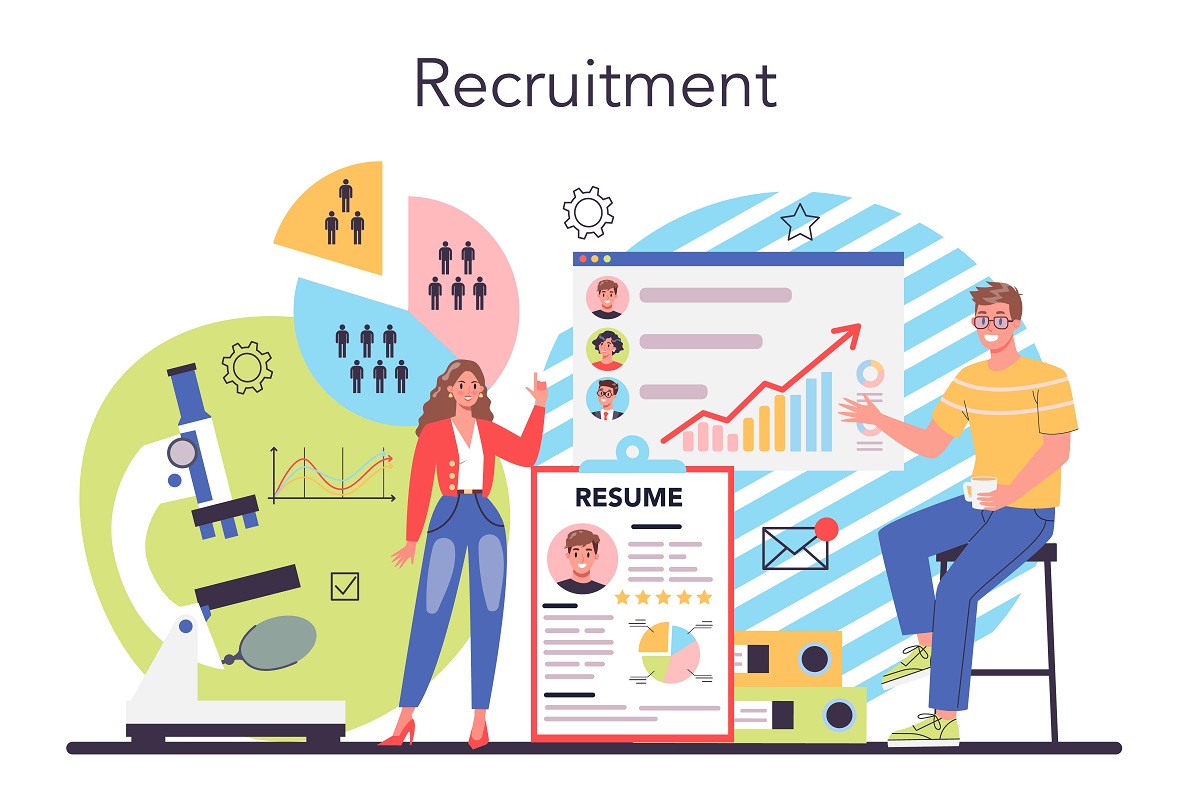Remote Interviews , Remote Staffing
Do’s and Don’ts for remote interviews for software developers
Dressing up for an interview and traveling with a folder with your resume and accolades...
If you read the news regularly, you’ll probably have already heard about the great resignation. It’s affecting huge numbers of people, from the newly unemployed who have decided to take a risk and quit their job, to business owners and people managers trying to navigate the situation.
In this article we’re taking a look at what exactly the great resignation is, and how this trend can be managed.
Put simply, the great resignation refers to the current trend of employees resigning en masse. The COVID-19 pandemic is seen as the trigger of this event, and the great resignation itself was an idea put forward by Professor Anthony Klotz who noticed that large numbers of employees across the globe have been quitting their jobs post-COVID.
As life returns to normal, Professor Klotz from Texas A&M University predicted that people would be reluctant to go back into an office and put up with a less-than-satisfactory work-life balance or company culture.
Instead, he predicted that employees will call the shots, demanding more from employers and quitting if the role no longer suits them. Just as he predicted, the great resignation has come true, with record numbers of Americans quitting their jobs, leaving more open positions in the US workforce than ever before.
Due to this shift, the onus is really on companies to ensure that they retain talent, and can keep their workforce thriving under difficult circumstances where many people are deciding to quit. It is a candidate’s market, and businesses need to do their best to negotiate new working rules post-pandemic.
There are lots of potential reasons that the great resignation is occurring. Perhaps one of the main ones is that people don’t want to ‘go back to work’ in the traditional sense.
During COVID, many employees got comfortable working from home and were able to create a good set up with a healthy work life balance. Less commuting time, less money spent on travel and less face to face contact meant that employees had much more freedom. And most of them loved it.
Now, with things returning to ‘normal’ many people are struggling to integrate back into working life. This has caused many people to quit and work somewhere where they perceive a better work-life balance, or in some cases have chosen to work for themselves.
So what does this mean for businesses? Well, in many cases businesses are the ones losing out at the moment. When talent quits, and there isn’t a surplus flow of talent or time to hire new recruits, it can put those employees who have stayed under immense pressure.
Those employees who have stayed then have a worse work-life balance, putting more pressure on them to perhaps quit as well. It is a vicious cycle, and one that is hard to put right.
The best thing for businesses to do is to try and catch this cycle before it becomes out of control. The way to do this is to offer employees better quality of life, better perks or benefits, and more flexibility so that they don’t want to leave.
One of the biggest perks that employees want post-pandemic? Remote working or work from home or anywhere options. GitLabs’s 2021 Remote Work Report found that 52% of remote workers said they would consider leaving their co-located company for a remote role and those who were working in remote roles said that if remote work wasn’t an option anymore they would quit.
Now may be a good time to consider offering remote working and work from home options to your existing team members. Supporting them by setting them up with desks, monitors and tools can be an amazing perk. Plus, if you’re working with remote workers on a long term basis, why not consider getting them a spot at a coworking space.
Another non-negotiable for the modern employee is flexibility and work-life balance. In other words, they don’t want to be overloaded with work. They wish to pursue their purpose in life and for their free time to be respected so they can invest that time in things they are passionate about. The pandemic has taught us that our life is too short to not live a fulfilled life and follow your dreams.
It is a very good time to double down on your work culture and make that of paramount importance. Revisiting what culture means to you as a business can be vital to attract and retain top talent.
The great resignation is putting more pressure on those people who do stay. They have to pick up the slack and this can cause even more dissatisfaction, so it is a tricky balancing act at the moment.
It’s vital that businesses get recruiting quickly upon losing team members, and explain to their team that they will be short-staffed in the meantime. Using outsourced workers on a temporary basis can be a great option while you wait for new recruits to walk through the door. Another option is to consider hiring remote workers to fill roles that can be effectively delivered from anywhere.

Dressing up for an interview and traveling with a folder with your resume and accolades...

In the ever-evolving world of technology, Java continues to be a popular and widely used...

Remote work has been around for a while, but the COVID-19 pandemic accelerated its adoption....

Introduction: Case 1: In 2016, Ravi was a college dropout, and his decision to drop...

While degree-based hiring has been the traditional approach, the latest trend in IT recruitment is...

As per Glassdoor Data Engineering ranked in the top 15 of “50 Best Jobs in...

Global advances in technology are increasing the demand for skilled IT professionals at an exponential...

As the trend towards a remote working setup continues to grow, managing such teams has...

Outsourcing IT services has become increasingly popular among companies and business owners looking to expand...